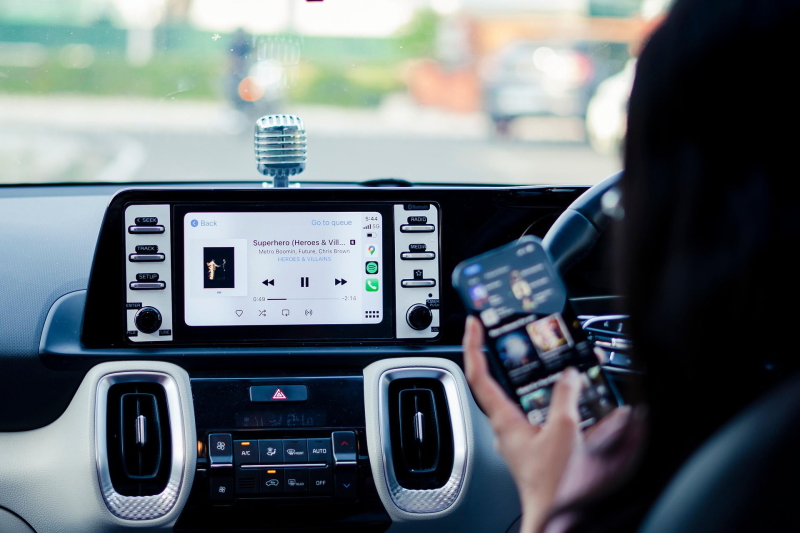AES Show 2025 Long Beach Automotive Audio Sessions

The AES Show 2025 - Long Beach, taking place October 23–25 at the Long Beach Convention & Entertainment Center, will present a highly anticipated Automotive Audio program with a strong focus on advanced development techniques for modern vehicle sound systems, organized by AES Show 2025 Automotive Audio Chair, Roger Shively, in collaboration with the Audio Product Development Alliance (APDA), where Shively also chairs its Automotive Audio Educational Pillar.
One Automotive Audio track highlight, “Practical Loudspeaker THD Modeling & Simulation,” will feature Shively and Marc-Olivier Chauveau presenting a powerful methodology for predicting Total Harmonic Distortion (THD) in automotive loudspeakers. Combining laser vibrometry measurement with multiphysics CAE simulation, this session reveals how engineers can model distortion behavior under realistic operational loads, anticipating nonlinearities without waiting for physical testing.
Another highly anticipated session, “Wireless Audio Product Development: How to Innovate in Wireless Audio,” will bring together Shively, Jackie Green, Ben Rolfe, and Gary Spittle to explore the expanding ecosystem of UWB (ultra-wideband), Bluetooth, Wi-Fi, and RF integration in vehicles. With the modern automobile trending toward cable-reduced, high-bandwidth audio architectures, this session will take a deep dive into standards, certification pathways, and the real-world challenges of achieving low-latency, high-fidelity wireless audio under the harsh interference conditions of the automotive cabin.
The session “Digital Twins - The New Era in Product Engineering in Mobility Components and Beyond,” presented by Shively, Jinlan Huang, and Scott Leslie, will demonstrate how multi-domain digital replica modeling is transforming automotive audio development. By fusing mechanical, thermal, electrical, acoustical, and electromagnetic attributes into live simulation frameworks, developers can now prototype complex systems virtually before physical fabrication.
In addition to these three highlighted sessions, the Automotive Audio track features a broad spectrum of technical presentations addressing the next generation of vehicle audio design. Topics include microphone frequency response optimization for Automatic Speech Recognition (ASR) and speech quality, Dynamic Diffuse Signal Processing (DiSP) to combat multichannel interference, workflows for EV sonic branding, software-defined audio architectures, environmental contamination impact on external microphones, and an update on in-car acoustic measurement standards led by members of the AES Technical Council’s Automotive Audio TC-AA Whitepaper subcommittee.
“Automotive audio is at a major turning point,” states Shively. “We’re no longer just installing speakers and tuning DSP - we’re integrating real-time wireless systems, building digital twins that let us test before we touch hardware, and simulating distortion with a level of accuracy we couldn’t dream of a few years ago. These sessions aren’t just updates; they’re a signal that automotive sound is evolving into a fully engineered ecosystem, where software, hardware, and acoustics finally speak the same language.” The sessions at AES Show 2025 will equip attendees, from OEM engineers to DSP architects, with the insight needed to design smarter, cleaner, and more resilient in-car sound systems built for the decade ahead.
 How to resolve AdBlock issue?
How to resolve AdBlock issue?